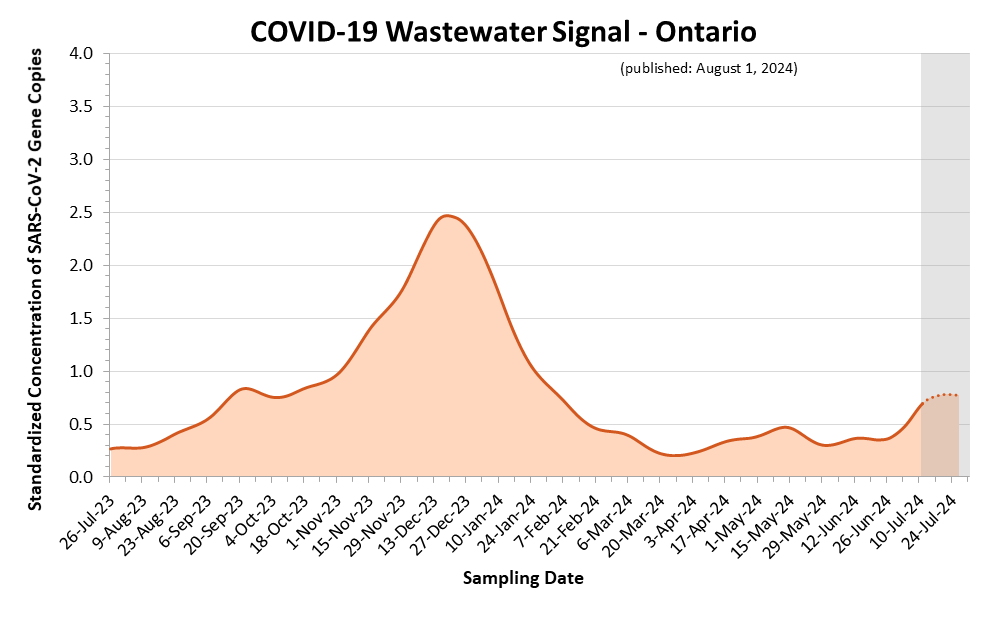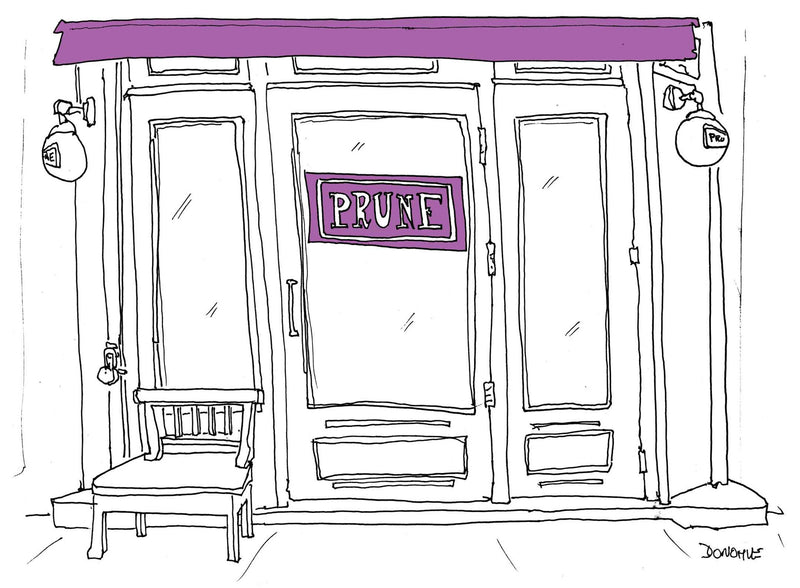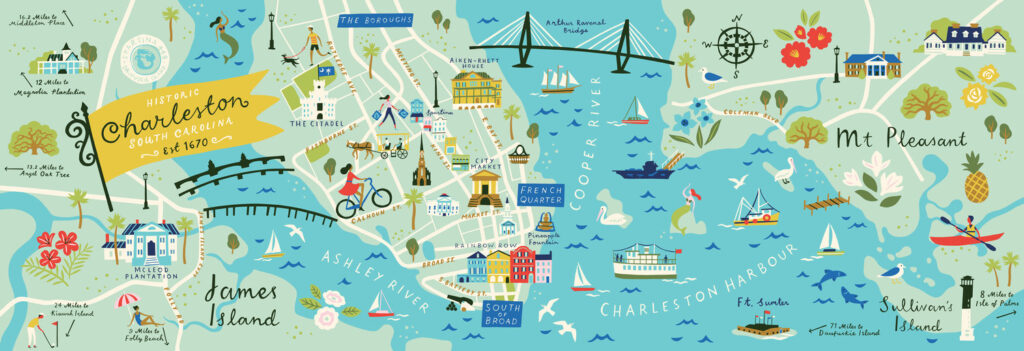
Happy Spring! Happy Easter, to those who celebrate. This is my quarter end cornucopia of things I found interesting and worth reading but don’t really fit into any specific category. It used to be monthly, but once a quarter is fine, don’t you think?
Pandemic: It’s the 4th anniversary of the Covid-19 pandemic and I recommend this piece in the New York Times on it. Related, the Times asked people: what is your earliest pandemic memory. No doubt you have your own. (I have so many photos of the time that I have saved them as highlights on Instagram. I revisit them from time to time: it was an extraordinary time and we should not forget it, though many have.)
The Times has always had great coverage on the pandemic. I recommend this piece, for example. Other good stories: people talk about things the pandemic ruined, and people talk about pandemic relationship regrets. Here’s a good piece on the precaution remnants of the pandemic. This on how the pandemic affected the economy in many ways is worthwhile. So too is this on how COVID affected people’s lives in the US, and this on how the pandemic affected people in the UK.
Finally, I like what Mary Ruefle had to say about the pandemic. It mirrors my thoughts:
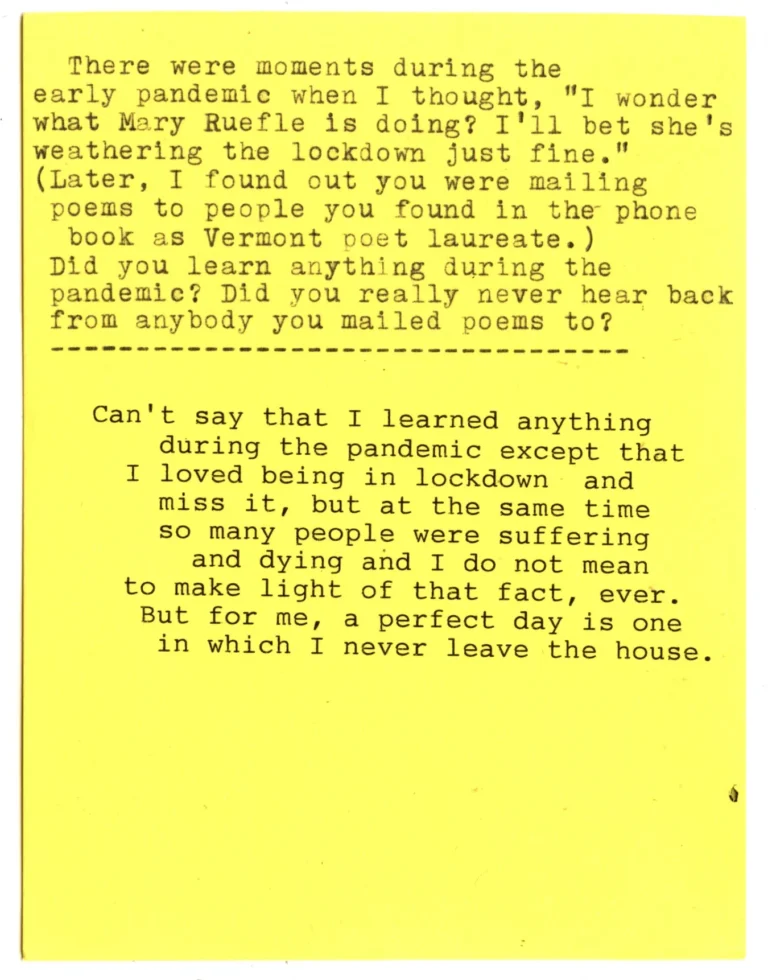 Inflation: while inflation is a genie that is pretty much back in the bottle, food prices have remained high. If the Times can (recently) publish pieces like cheap food you should buy on sale and easy and cheap dinner ideas, you can take it for granted that the price of food is still a concern for people. Possibly enough to cause some sitting politicians to lose an election.
Inflation: while inflation is a genie that is pretty much back in the bottle, food prices have remained high. If the Times can (recently) publish pieces like cheap food you should buy on sale and easy and cheap dinner ideas, you can take it for granted that the price of food is still a concern for people. Possibly enough to cause some sitting politicians to lose an election.
Work: since the beginning of the pandemic, things have been tough for America’s offices and the businesses that support them. (More on that here.) Unlike inflation, though, that genie is not going back in the bottle. Indeed, it’s been shown that RTO (return to office policies) doesn’t improve company value, but it does make employees miserable. And companies that try to force it by return to office punishments are finding that it is backfiring. Are empty offices a disaster waiting to happen? According to this, they could be.
Finally, here’s a good piece on who still works from home. And here’s a weird story about how an employee who stayed on a company via a Slack slackbot even though he left the company.
Speaking of leaving jobs, Google spent two billion on layoffs severance fourth quarter earnings 2023. Cisco laid off thousands. Companies like Vice and buzzfeed sacked many as well (though Vice CEO Shane Smith did alright for himself).
By the way, this was a good piece on the new media’s rise and fall: Jezebel, an oral history.
Canada: as for jobs in Canada, 70% of Canadians want to leave their jobs soon. Remarkable. Meanwhile Canada is struggling with the number of students wanting to come to study. Good stories on that here and here.
Also remarkable in Canada was the funeral of former Prime Minister Brian Mulroney, who passed away this month.

China: it can be hard to know what is going on in China, but you can see signs to get a sense of it. For example, affluent Chinese have been moving to Japan since the COVID lockdowns. Another sign is the rise of attacks from China nationalists on leading Chinese figures.
Perhaps the struggle of China’s real estate giants tell us something. Certainly the fact that Chinese stocks have lost $6 trillion in 3 years is a sign of trouble. As is its inability to stem deflation. Even I know this is bad. More importantly, economists like Paul Krugman think so. When your censorship starts targetting critics of your economy, your government likely thinks so too.
Russia/Ukraine: Russia remains mired in the quarmire that is its current war. In a surprise to no one, Putin recently was reelected. What was a surprise was a recent terror attack. The follow on torture of the accused perpetrators was not a surprise, sadly.
USA: also not a surprise is the upcoming rematch of Biden and Trump over who will be the next President. Jamelle Bouie has a good piece here as to what is at stake.
Trump must be thinking that people are going to forget what his time in office was like, if he is asking Americans if they are better off now than they were four years ago. It may seem laughable to many, but it’s not entirely dumb. Trump is hoping voters focus mainly on grocery prices, which are worse due to inflation.
Speaking of Trump, due to his MANY trials (which the New York Times is tracking), we are finally getting a sense of just how rich he really is and what he really owns (a lot less than you think.) He could be a lot richer soon, based on the takeover of Truth Social by a SPAC…. or may be not? (For more on why SPACs are bad and why he may end up with much less, read this.)
I’d be remiss if I didn’t mention another war, this one on the Gaza strip. I thought this VOX piece was worth a read. (I can never forget the Israeli Plan that propped up Hamas. I suspect many Israelis cannot forget it either.)
Crypto: crypto was always dumb and now it’s practically dead. Sam Bankman-Fried has just been sentenced to 25 years in prison. The Winklevoss crypto firm Gemini had to return $1.1bn to customers. And what’s left has been taken over by the big boys like Fidelity. I don’t know if I have much else left to say about it, other than point to this good piece by Dave Karpf who just eviscerated crypto’s Chris Dixon with this review of Dixon’s new book.
Culture: culture wise, Sydney Sweeney is having a moment, albeit not a good one, due to right wing misogyny. I suspect she will be fine. I suspect the Oscars will be fine too, despite this scathing critique of how fawning lechery and sheer inanity ruined the red carpet. During the Oscars there was much talk about the film, zone of interest, although not nearly as much as Ryan’s Gosling performance of I’m Just Ken.
Social media: there was some social media backlash after Robert Downey Jr thanked Mel Gibson in a SAG speech recently, but my only thought was: who cares about social media backlashes any more? Perhaps body positive influencers who suddenly undergo weight loss, but I suspect no one else does. Indeed, the Times asks: has fashion cancelled cancelling?
Perhaps the inauthenticity of social media lends to it. So much of its content is contrived these days. Like the trick ping pong shots on tiktok or…so much else. All so people can have a modicum of fame. Not that anyone can have much control of that, since social media algorithms ‘flatten’ our culture by making decisions for us. I have pretty much trained Instagram to feed me reels of basketball, which gives me things like highlight reels of Antetokounmpo and Wembanyama and Jokic and it’s..ok? Services like Instagram are so hungry for your attention that they are constantly trying to feed you what you want, even if you want it only occasionally.
I was recently in New York and while I once enjoyed my time during the early pandemic in many ways, it is great to be able to travel and roam freely and eat in restaurants.
Enjoy life, however it presents itself. Life is a buffet: always go back for seconds.:)
Thanks for reading this. Enjoy Spring. See you in June.

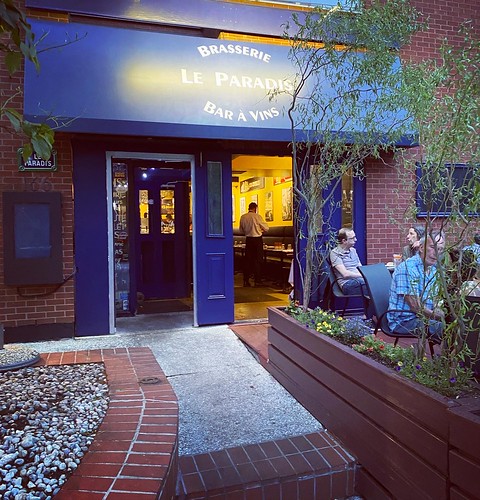





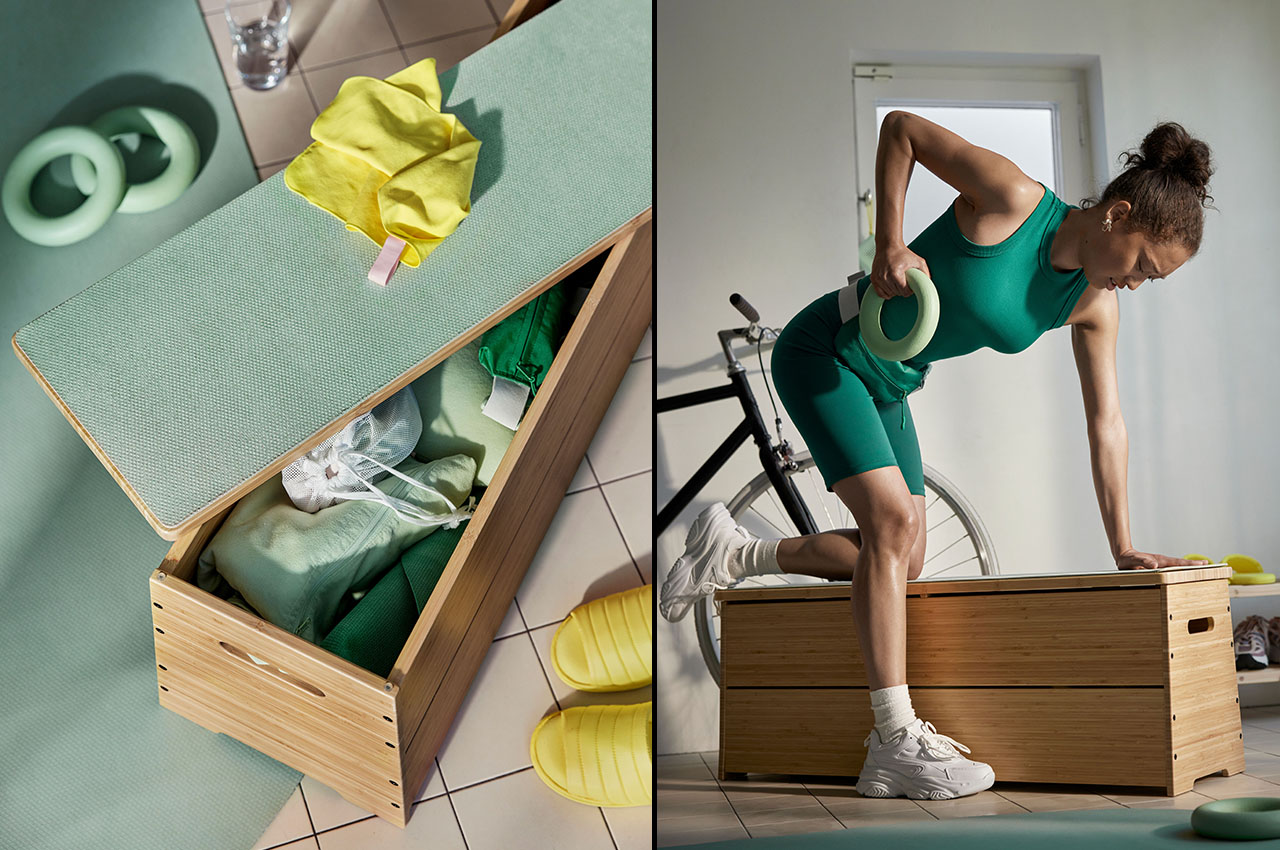
 If you want to merge PDF files on a Mac, you might be tempted to use a tool like
If you want to merge PDF files on a Mac, you might be tempted to use a tool like :format(webp):no_upscale()/cdn.vox-cdn.com/uploads/chorus_asset/file/19533379/Le_Bernadin_13.jpg)




 Inflation: while inflation is a genie that is pretty much back in the bottle, food prices have remained high. If the Times can (recently) publish pieces like
Inflation: while inflation is a genie that is pretty much back in the bottle, food prices have remained high. If the Times can (recently) publish pieces like 






 While fashion is more associated with youth, this post is going in a different direction, starting with that fashion icon Iris Apfel. Sadly she passed away recently but she was shining right up until the age of 102, More in her
While fashion is more associated with youth, this post is going in a different direction, starting with that fashion icon Iris Apfel. Sadly she passed away recently but she was shining right up until the age of 102, More in her 

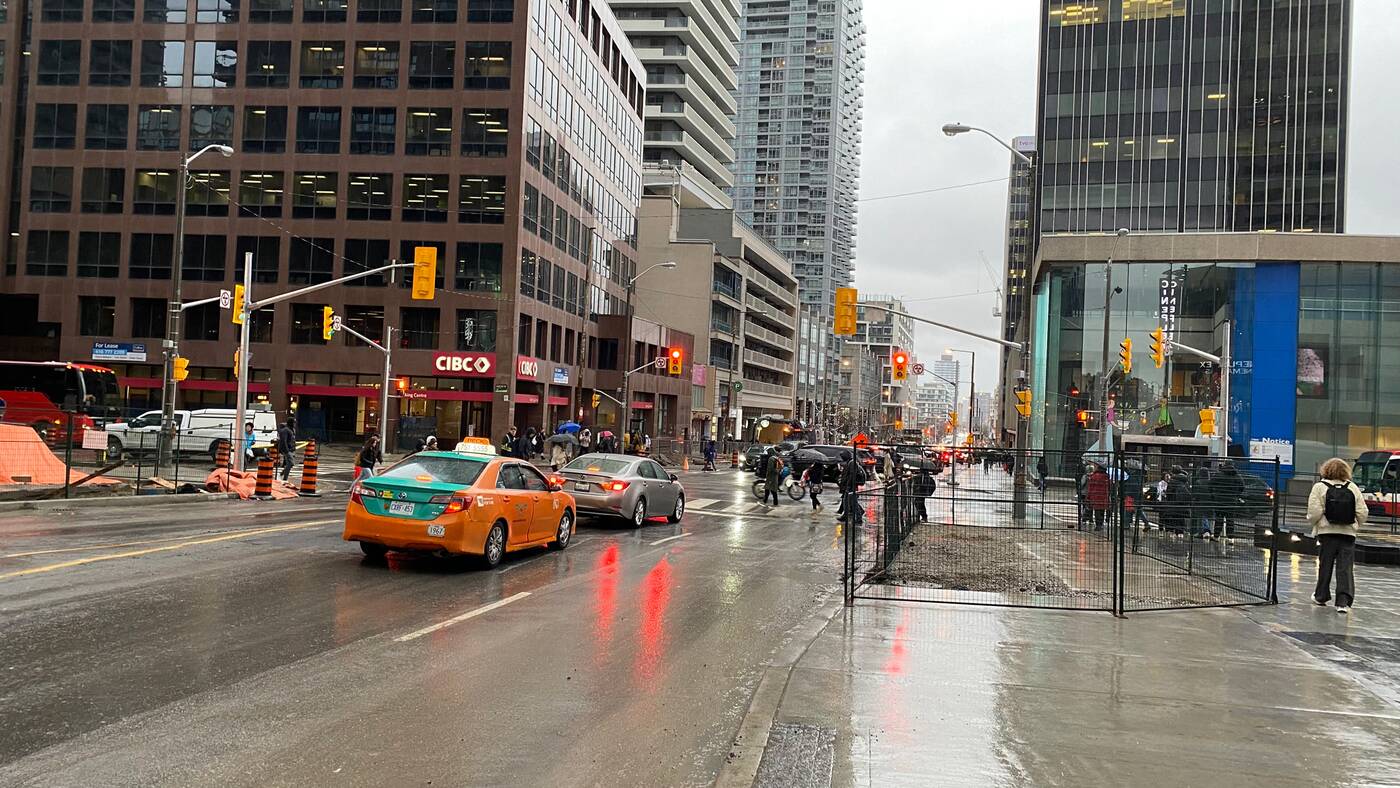 Since
Since 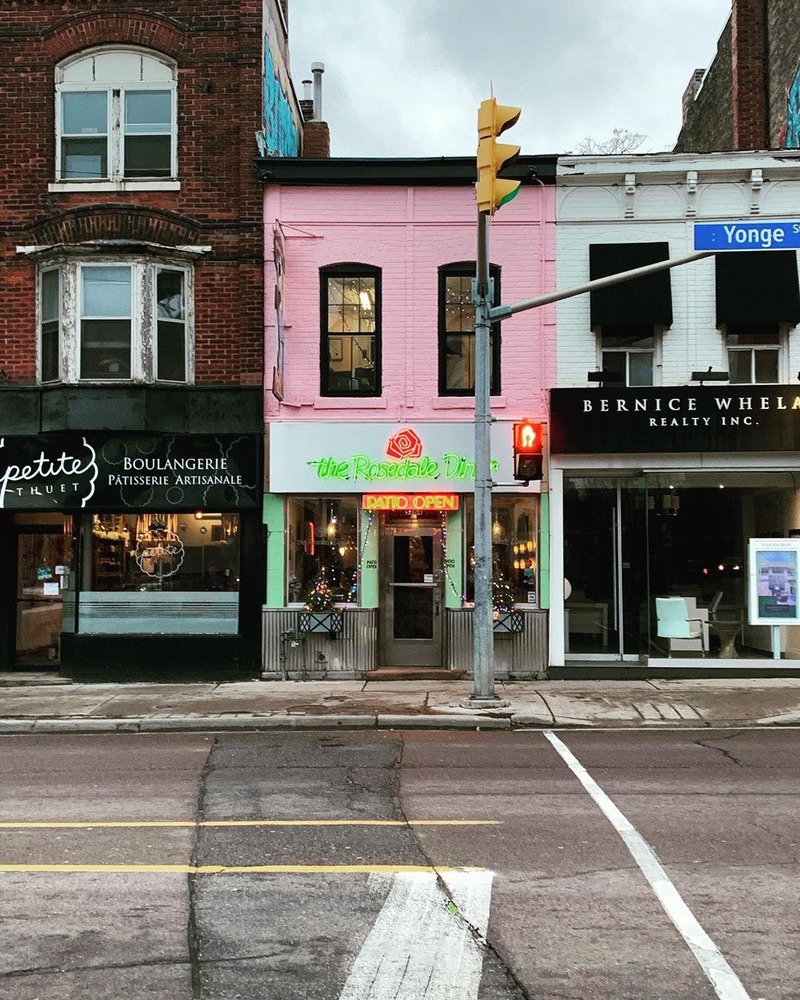


 For people who have a hard time say “no” to people, I highly recommend this piece:
For people who have a hard time say “no” to people, I highly recommend this piece: 




 It seems like IKEA is making forays into things other than furniture these days. For example, here’s a story on their
It seems like IKEA is making forays into things other than furniture these days. For example, here’s a story on their  There was a lot of chatter around private jets last week as a result of
There was a lot of chatter around private jets last week as a result of 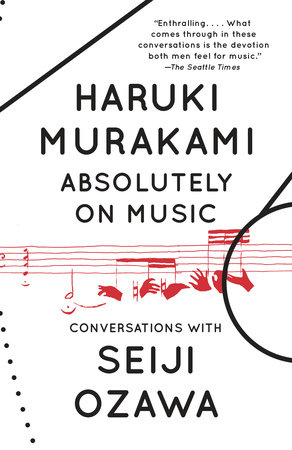
 Nowadays movies seem to be getting longer….many creeping up to 2.5 hours in length. (Don’t believe me? Check out
Nowadays movies seem to be getting longer….many creeping up to 2.5 hours in length. (Don’t believe me? Check out 
 Apple is a computing hardware company: if there is a market for a new form of computing hardware out there, Apple will make it. It was true of digital watches, smart speakers, and various forms of headphones. It’s now true of wearable AR/VR devices with the Apple Vision Pro.
Apple is a computing hardware company: if there is a market for a new form of computing hardware out there, Apple will make it. It was true of digital watches, smart speakers, and various forms of headphones. It’s now true of wearable AR/VR devices with the Apple Vision Pro. The great
The great 
